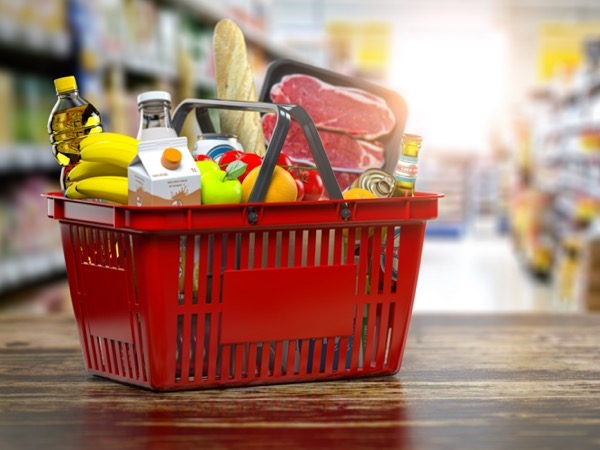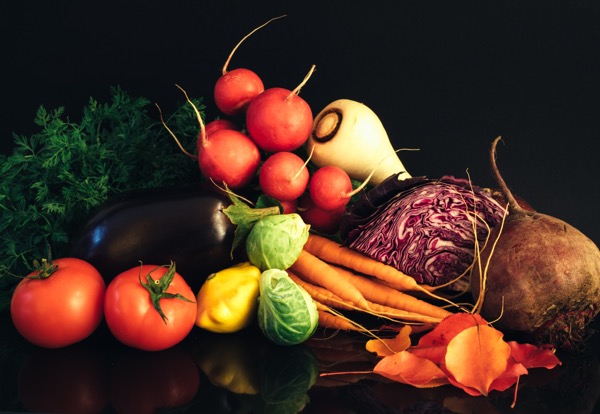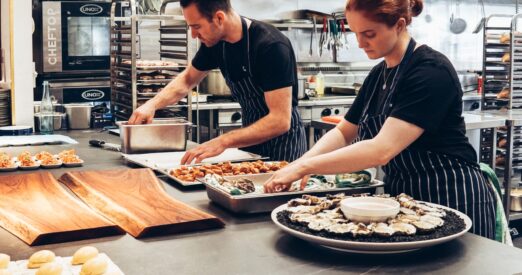
Restaurant Food Cost: What to Watch For and How to Control It
by Lenny DeFranco
Restaurant food costs are some of the largest fluctuating expenses that operators must plan for. It can probably feel like an evil force at times: food costs must hover around 28-35% of a restaurant’s revenue for the business to be profitable. The lower the better, right?
But food isn’t a commodity. It’s temperamental and extraordinarily variable. It is the core input of your food, which is the core input of your business. So making food costs as low as possible isn’t smart either.
Instead, operators need to find a way to balance the need for quality and the need to keep the lights on.

In this article, we’ll tell you about the three biggest influences on food costs, and exactly what you need to do to control them so you can make more money while maintaining high-quality dishes.
The Issue: Demand and Seasonality
Possibly the biggest influence on overall restaurant food costs is demand for individual ingredients. Demand can change at any time for a variety of reasons. Ottimate data revealed a that the price of ketchup had risen as a result of Covid in spring 2021, and there is no shortage of supply chain shocks still coming. How, exactly, is a restaurant owner supposed to anticipate such a complicated supply chain issue?
The Solution: Revise Your Menu
Your restaurant doesn’t have to give in to insane prices. If you’ve spent the past year and a half pivoting around ever-changing circumstances, why not use the same adaptability when it comes to your menu?
If the price of chicken wings gets too high, you could consider switching to boneless wings for a bit. The rise in popularity of meat alternatives, especially with younger generations, could also offer a good opportunity for your kitchen to experiment with vegan or vegetarian menu dishes as you wait for the cost of the real deal to go back down.
Adapting your menu to support seasonal produce is also a great way to consistently keep food prices lower.
Think about it like this: if you’re in New York and want to offer a caprese salad on your menu, your prices will be much lower if you offer it in summer vs. year-round. Tomatoes and basil would need to be imported for the winter, causing costs to rise. But in the summertime, tomatoes and basil grow in abundance on the East Coast, making them much cheaper to buy—and even better for your customers to eat.
The Issue: Vendor Prices
In most cases, your restaurant isn’t buying its ingredients directly from a grocery store or directly from a farmer. You have a middleman to contend with: your vendors. And the reality is that these vendors make their profits off of you. They procure the ingredients that you need from the people you need them from: butchers, farmers, bakers.
Vendors are the mercy of the market because, no matter how high prices go, they’ll have customers that need those ingredients. But the vendors can easily escape from the market peaks by passing those expenses along to restaurant owners. Don’t forget the extra they’ll need to charge in order to account for the transportation and labor costs involved in getting those ingredients from place to place with proper storage.
The Solution: Set Contract Pricing
Vendors and restaurant owners should have a symbiotic relationship; both need the other to survive. In order to keep food costs low, it’s in your best interest to build strong vendor relationships for more power within this dynamic.

Simple, small things like paying vendors on time and actively being friendly with account managers and delivery people can go a long way in showing your appreciation. You might even want to make sure you have an eye on the news to see if certain ingredients are expected to spike in pricing as a way to generate conversation, or even open the door to discussing contract prices.
Contract pricing means that you and your vendor have agreed on a specific price for a certain ingredient. The more contract pricing you can have for ingredients, the better you can control your food costs because you are protected from any unanticipated rise in prices.
Consider a tool like Ottimate Insights to arm you for these negotiations. When you scan an invoice, the software collects that data and turns it into helpful graphs that show you exactly how much vendors have charged you for each ingredient over time, giving you exactly the data you need to make your case.
Learn how to negotiate lower prices with vendors in this blog.
The Issue: Food Waste
Did you know that restaurants waste an estimated $162 billion in food every year? At a time when world hunger is on the rise and restaurants struggle to keep their doors open, the statistic could feel sickening.
There are plenty of ways restaurants waste food. It can be spoiled from improper storage or ordering too much of one item. Your chefs could be straying from recipes and making larger dishes, which leads to a bigger portion on the plate and the potential for leftovers to get tossed. Let’s not forget about refires for picky customers. And what about food spillage? Items can easily get spilled or knocked over both in kitchens and in the front of house, and then they must be thrown away.
When you think about all the opportunities there are to waste food in a restaurant, it’s no surprise that food waste eats into your overall food costs.
The Solution: Order to Par and Invest in Training
There isn’t one tidy solution to reducing your food waste. You and your staff must actively take steps every day to be mindful about your usage and areas where you can improve.
First up is inventory management. If you’re finding that you’ve used way less of a few ingredients than you expected to in a given week, try ordering less the next week until you find the balance between what your customers are actually ordering and how much you have to throw away. This is a super simple way of explaining “ordering to par.”
Next, take a look at the existing training of both your front and back of house staff. Have your servers been taught proper food handling techniques? Are they remembering to ask for any dietary restrictions or preparation preferences that could influence if a dish is sent back or not? Does your kitchen operate off of set recipes, and do you know for a fact they’re following those recipes to a T? Are your chefs clumsy and consistently knocking over prep items?
Controlling food waste in restaurants is a team effort. Make sure your employees know what’s expected of them to ensure they’re doing their part to reduce this food cost.
Stay up to date on the latest news in AP automation and finance
Related

